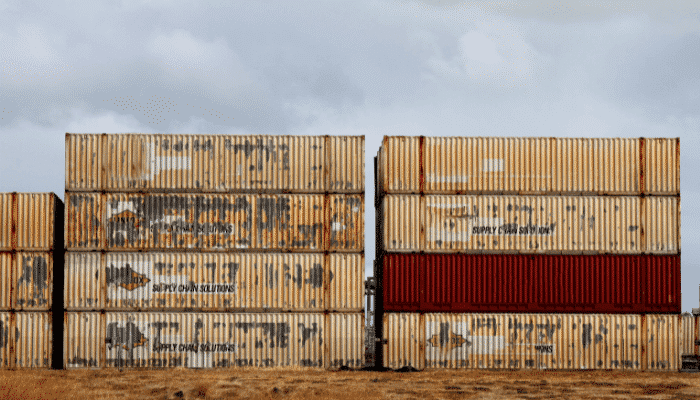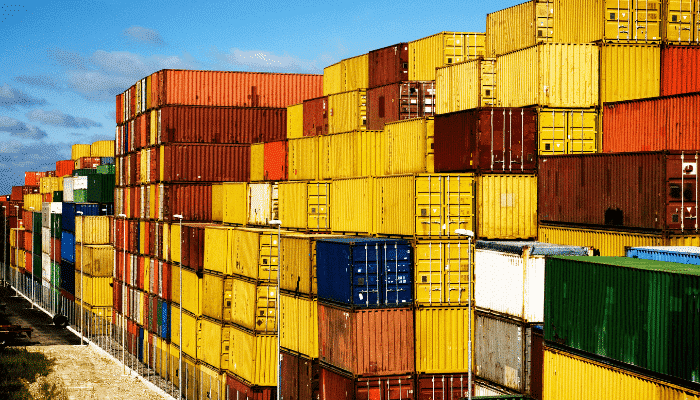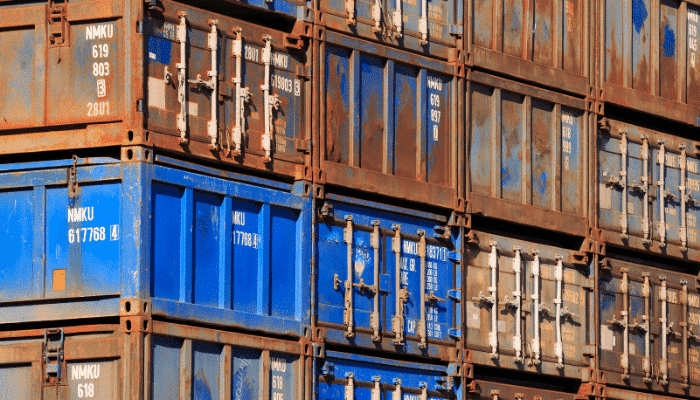What is Abandoned Cargo?
Little did the world expect a tiny virus such as the coronavirus to affect more than 170 million people of the world population bringing shock and confusion in its wake. This is the official figure at the time of publishing this article and it is only expected to go up until the pandemic is brought under control through radical but prudent means.
The pandemic has brought global activities down since last year, in some countries, almost to a standstill.
The shipping industry has not been spared either by the coronavirus. With several countries imposing strict lockdowns, it has been hit hard. The global economy suffered as trade dipped. Freight cancellations peaked and so did the cancellation of sailings.
Labour shortage due to the dearth of people affected by the pandemic and controls at national borders saw goods piling up at ports. Most of such goods were abandoned as the pandemic gradually tightened its grip and the economic slowdown continued.

The Pandemic and Abandoned Cargo
Orders for goods already in port for shipping were cancelled as customers no longer needed those goods. Perishable commodities with limited shelf lives and those requiring special storage conditions that were getting ready for export, perished while waiting to be shipped. These are just a couple of scenarios for abandoned cargo.
Every year, containers and other cargo in thousands, are left at ports without being claimed. The reasons for abandoning cargo could be many.
A customer may have gone bankrupt or they may just refuse to accept the goods in case of any discrepancy or dispute regarding the quantity or quality of the cargo.
In certain cases, import rules might have changed placing the goods under banned items that cannot be imported into the country any longer.
Abandoned goods are those that are left behind in port without being cleared by the consignee.
The FIATA (Federation of Freight Forwarders Association) defines abandoned cargo as “cargo which the consignee (importer) has manifested no intention to take delivery of after a reasonable period”. It also includes cases where the consignee cannot be identified or located.
What is a “reasonable period” here? It often varies from one country to another. In some countries like India, goods are considered abandoned if they are left unclaimed for more than 30 days. In certain other countries, this period can go up to 90 days.
Abandoned cargo often becomes a headache for the shipping line as they have to pay for its storage and all other port fees, as long as the cargo remains in the port. In such cases, the shipping line will normally turn to the shipper or the freight forwarder for payment of dues.
These dues will include demurrage on the goods, port storage charges, or any other charges incurred for disposing of the goods. Sorting out and closing the case of abandoned cargoes can be a time-consuming and costly affair.
The losses on abandoned cargo mainly affect the shipper, the shipping line, or the freight forwarder if it is named as the agent in the shipping document such as the bill of lading. It affects the consignee if they have already made payment or part payment towards the cargo.

Preventing Major Losses
How does one prevent major losses on abandoned cargo? The first and foremost step to be taken when faced with such a situation is to take immediate action and not to let it die a natural death, which it never will. The important thing here is to keep the costs down.
Ensure that contracts are drawn clearly. Obligations of the shipper, the consignee, the shipping line, and the freight forwarder should be identified without any ambiguity. Typically, such contracts have a clause for force majeure or unforeseen situations. The freight forwarder can invoke this clause to prevent claims against them.
On their part, it is the freight forwarder’s duty to keep both the consignor and consignee informed of any delays in the supply chain and do their best to minimize losses. They can try to convince the customer to clear the goods before the charges go up with each passing day.
In countries such as India, the owner of the goods is liable to pay storage and demurrage charges.
What are the Options to Handle Abandoned Goods?
While the prospects may not be that encouraging when left with abandoned goods, the following are some common options available to the parties to address the issue. After waiting for a reasonable length of time, they may opt for any of these methods to dispose of the goods.
Taking the permission of the customs and putting everything down on record, prior to following any of these methods is mandatory.
Re-sell the Goods to a Third party
The shipping company or freight forwarder may try and sell the goods to any party that is willing to buy them. It is hassle-free when this third party is based at the same location as the abandoned goods.
Re-sell and Re-export
Re-selling the abandoned goods to a third party in another country involves re-exporting the goods to this party’s location. All expenses incurred by the shipping line or freight forwarder for re-export etc. can be made up from the sales proceeds.
Return to the Consignor
If the consignor or shipper is willing to take back the goods, it may be returned to them. Before this, an agreement has to be reached between the freight forwarder and the consignor on the reimbursement of costs to the former.
Auction the Abandoned Goods
The abandoned goods may be auctioned with the permission of the customs. This auction is usually conducted by the customs authorities.
Offer as Donation to any Charitable Cause
As a last resort, the shipping company may offer the abandoned goods to any charity or a good cause. The company will not make any money by following this option but at least they would have got rid of the goods from their hands thereby preventing further charges on it.

Destroy the Goods Under Supervision
When all attempts at disposing of the abandoned goods have failed, the shipping company or freight forwarder may decide to destroy the goods with the permission of the customs authorities, under their supervision.
Whichever method is followed for disposing of the abandoned goods, the shipping line or freight forwarder has to ensure that it has the customs’ permission and that all paperwork is in order to prove that the goods have been disposed correctly.
Except when such goods are donated or destroyed under supervision, there is always money to be made. This money is normally used to settle the expenses of the concerned parties towards transport, storage, customs duties, etc.
Any money that is left back after meeting these expenses is then returned to the shipper. In case the money raised thus is not sufficient to meet the expenses that were incurred, the shipping line or the freight forwarder can claim the balance from the shipper.
It is interesting to note that abandoned cargo is not always unintentional. Some people try to get rid of low-value junk such as e-waste, plastic and metal scraps, etc. by unscrupulous means. These end up as abandoned cargo.
- 16 Types of Container Units and Designs for Shipping Cargo
- 8 Major Types of Cargo Transported Through the Shipping Industry
- What Is A Cargo Manifest In Shipping?
- What are Bonded Goods in Shipping?
- What is OOG or Out of Gauge Cargo?
Disclaimer: The authors’ views expressed in this article do not necessarily reflect the views of Marine Insight. Data and charts, if used, in the article have been sourced from available information and have not been authenticated by any statutory authority. The author and Marine Insight do not claim it to be accurate nor accept any responsibility for the same. The views constitute only the opinions and do not constitute any guidelines or recommendations on any course of action to be followed by the reader.
Do you have info to share with us ? Suggest a correction

About Author
Hari Menon is a Freelance writer with close to 20 years of professional experience in Logistics, Warehousing, Supply chain, and Contracts administration. An avid fitness freak, and bibliophile, he loves travelling too.
Latest Maritime law Articles You Would Like:
Latest News
- What is the Purpose of DG Shipping?
- What are Logistics Risks?
- How Port and Terminal Operators Can Control Emissions?
- Minimum Quantity Commitment (MQC) and Liquidated Damages in Container Shipping: Concept and Relevance
- MARPOL (The International Convention for Prevention of Marine Pollution For Ships): The Ultimate Guide
- The Ultimate Shipping Container Dimensions Guide
Subscribe To Our Newsletters
By subscribing, you agree to our Privacy Policy and may receive occasional deal communications; you can unsubscribe anytime.















